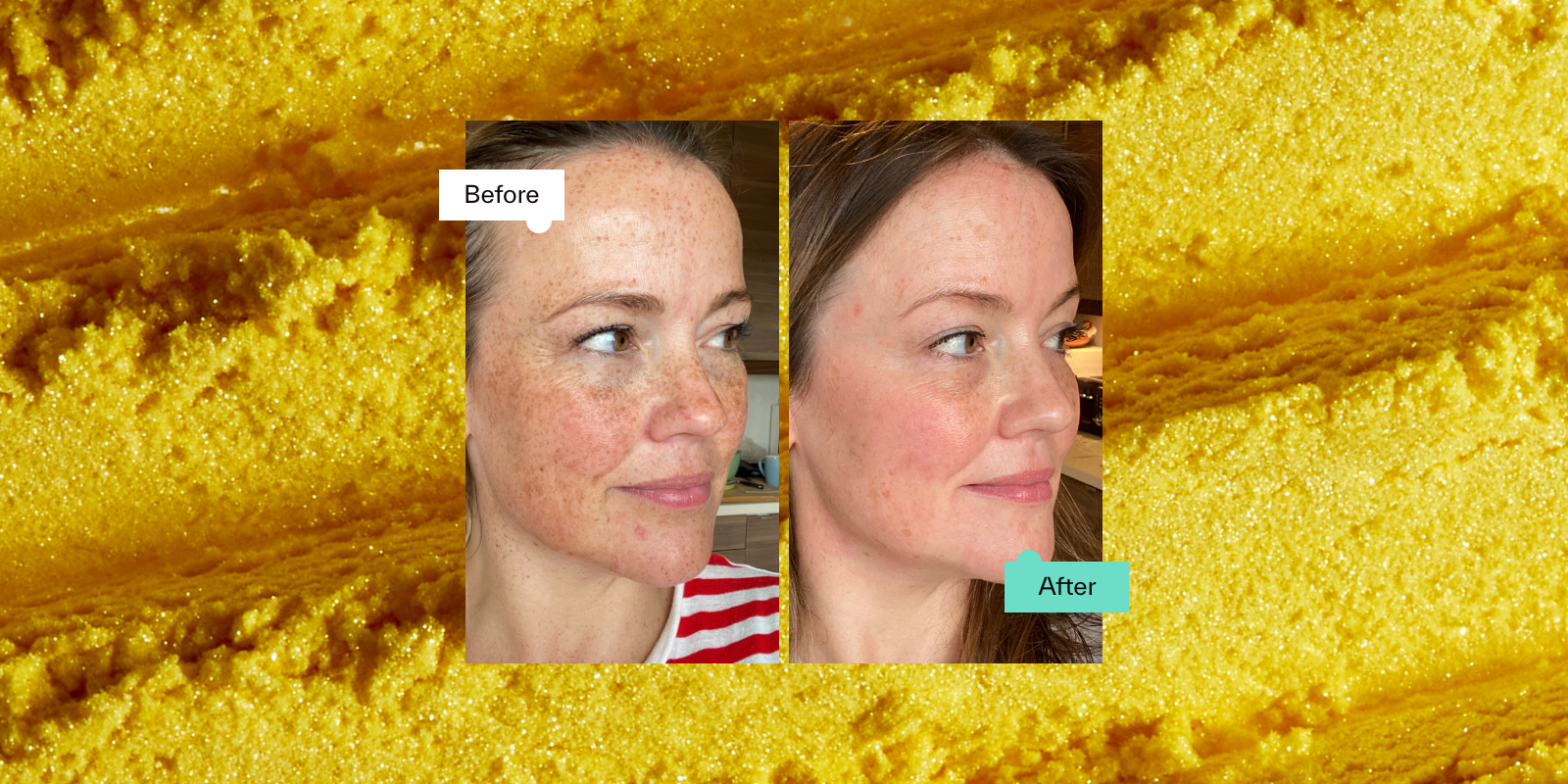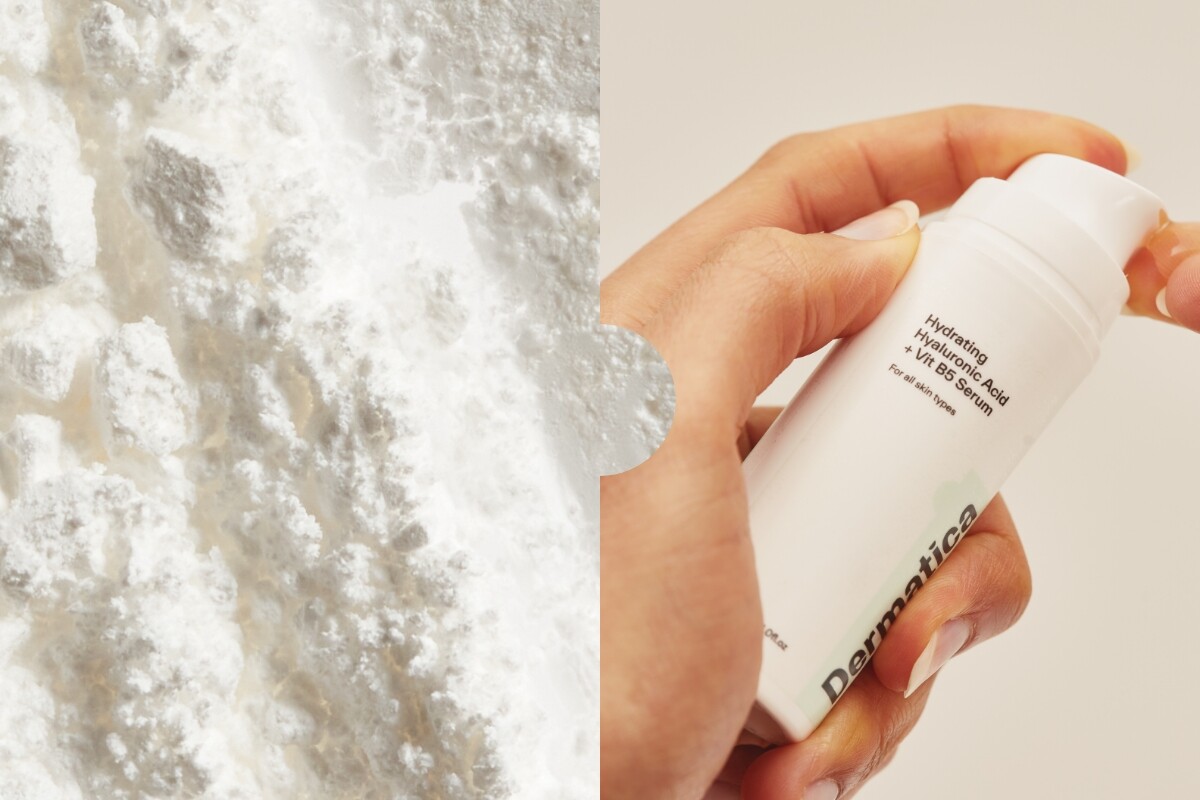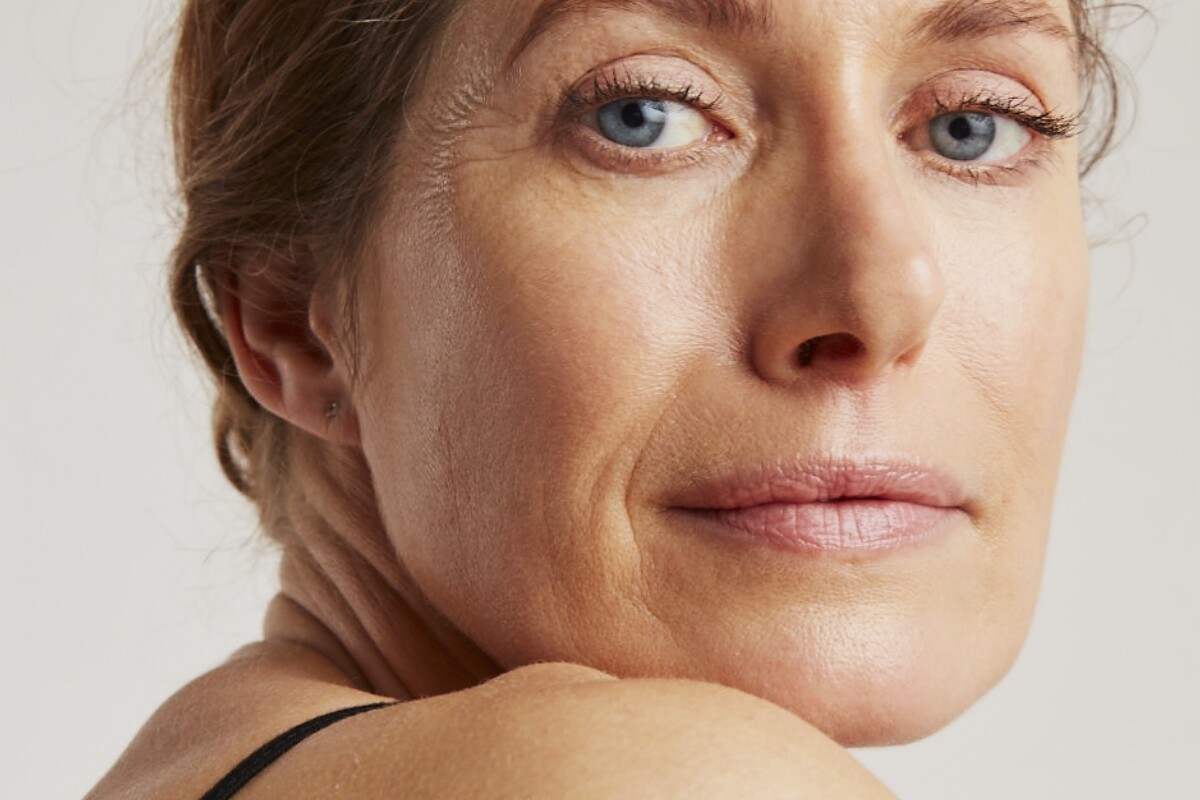If you’ve read up on anti-ageing or acne treatments, it’s likely you’ll have come across retinol, or the more powerful prescription product, retinoids. Retinol is actually a milder type of retinoid, and these vitamin A derivatives have been used in topical skincare products for decades because of their clinically proven skin benefits. This multi-tasking ingredient treats acne, hyperpigmentation, signs of photoageing, sun damage and more.
What Is Retinol?
Retinol is a popular and well tolerated skincare ingredient used to improve the visible signs of fine lines and wrinkles, hyperpigmentation, skin texture, clogged pores and the appearance of photoaged skin. A first generation retinoid, retinol has to transform into retinoic acid on the skin in order to become an active ingredient. Having to move through this process makes it less potent and less fast-acting than the prescription-strength retinoid, known as retinoic acid. (1) For this reason, retinol has been made available since the 1990s as a gentler option for sensitive skin, or for those who are trying this ingredient for the first time.
The Science Behind Retinol
Whether you’re using retinol or a retinoic acid like tretinoin, all retinoids work by increasing cell turnover. Removing the dead skin cells triggers skin renewal which helps unclog pores, boost collagen production and encourage healthy new skin cells to grow. (2) Retinoids are also appropriate for long term use. (3) This is why retinoids are considered to be the gold standard treatment for skin concerns like premature signs of ageing, dark spots and acne. It is recommended to use retinoids including retinol at night – ensuring that the following morning’s skincare routine cleanses thoroughly and includes a broad spectrum sunscreen SPF 30+ to protect the new healthy skin from potential increased sensitivity to sunlight and UV damage.
Retinol vs Prescription Retinoids
Here at Dermatica, our licensed dermatology experts usually recommend tretinoin or adapalene – two prescription retinoids (retinoic acid) – because they have been proven to be 20 times more powerful than retinol. (2) As they are prescription strength, there is a higher risk of mild side effects, but this ‘purging’ phase is normal and temporary. It might include dry skin, some skin irritation, or peeling, as the retinoids accelerate how quickly your skin cells renew themselves. Symptoms should subside after approximately 2 weeks. (4)
Because your Dermatica treatment is continually observed by dermatology experts, you have the opportunity to increase or decrease your formula’s strength depending on how you progress. Over the counter retinol in comparison will be at a significantly lower dose, and will have likely sat on a store shelf for some time, which can lead to oxidation and degradation of its formula – as well as possible skin reactions. (5) A personalised formula on the other hand will be catered to your specific needs – and made in the correct quantity and packaging to maintain its integrity throughout the product’s intended lifespan.
Alternatives To Retinol
At Dermatica, our dermatology experts believe in a personalised approach to skincare. They’ll recommend a formula with the combination of active ingredients designed to treat your skin specifically. If retinol or prescription retinoids aren’t the right fit for your skin, they’ll be able to find a formula using the widest range of evidence-based actives on the market, like azelaic acid, hydroquinone, tranexamic acid, benzoyl peroxide, clindamycin and more to help with your acne, hyperpigmentation or accelerated ageing concerns.
Find out what formulas are suitable for your skin by visiting our website.
Retinol Before And After Image
Dermatica Customer: Helen
Skin concern: Melasma
Treatment ingredients: Tretinoin, Hydroquinone, Azelaic Acid
Treatment length: 6 months
References
1. Farris P. Retinol: The Ideal Retinoid for Cosmetic Solutions. Journal of drugs in dermatology: JDD [Internet]. 2022 Jul 1;21(7):s4–10. Available from: https://pubmed.ncbi.nlm.nih.gov/35816071/
2. Zasada M, Budzisz E. Retinoids: active molecules influencing skin structure formation in cosmetic and dermatological treatments. Advances in Dermatology and Allergology [Internet]. 2019;36(4):392–7. Available from: https://www.ncbi.nlm.nih.gov/pmc/articles/PMC6791161/
3. Mukherjee S, Date A, Patravale V, Korting HC, Roeder A, Weindl G. Retinoids in the treatment of skin aging: an overview of clinical efficacy and safety. Clinical interventions in aging [Internet]. 2006;1(4):327–48. Available from: https://www.ncbi.nlm.nih.gov/pmc/articles/PMC2699641/
4. Yentzer BA, McClain RW, Feldman SR. Do topical retinoids cause acne to “flare”?. Journal of drugs in dermatology: JDD [Internet]. 2009 Sep 1;8(9):799–801. Available from: https://pubmed.ncbi.nlm.nih.gov/19746671/
5. Kryczyk-Poprawa A, Kwiecień A, Opoka W. Photostability of Topical Agents Applied to the Skin: A Review. Pharmaceutics [Internet]. 2019 Dec 20;12(1). Available from: https://www.ncbi.nlm.nih.gov/pmc/articles/PMC7023431/
Caroline Ferry
Caroline Ferry is a freelance journalist and copywriter, who has written for Grazia Magazine, Harper's Bazaar, Tatler and Elle and consults for many skincare, fragrance and fashion brands.
Ash Sharma
Dr Ashwin Sharma is a medical doctor and writer with a particular interest in health technology, artificial intelligence and medical weight loss. He completed his training at the University of Leicester and Imperial College London, and has since been exploring the intersections of medicine, technology, and communication.





